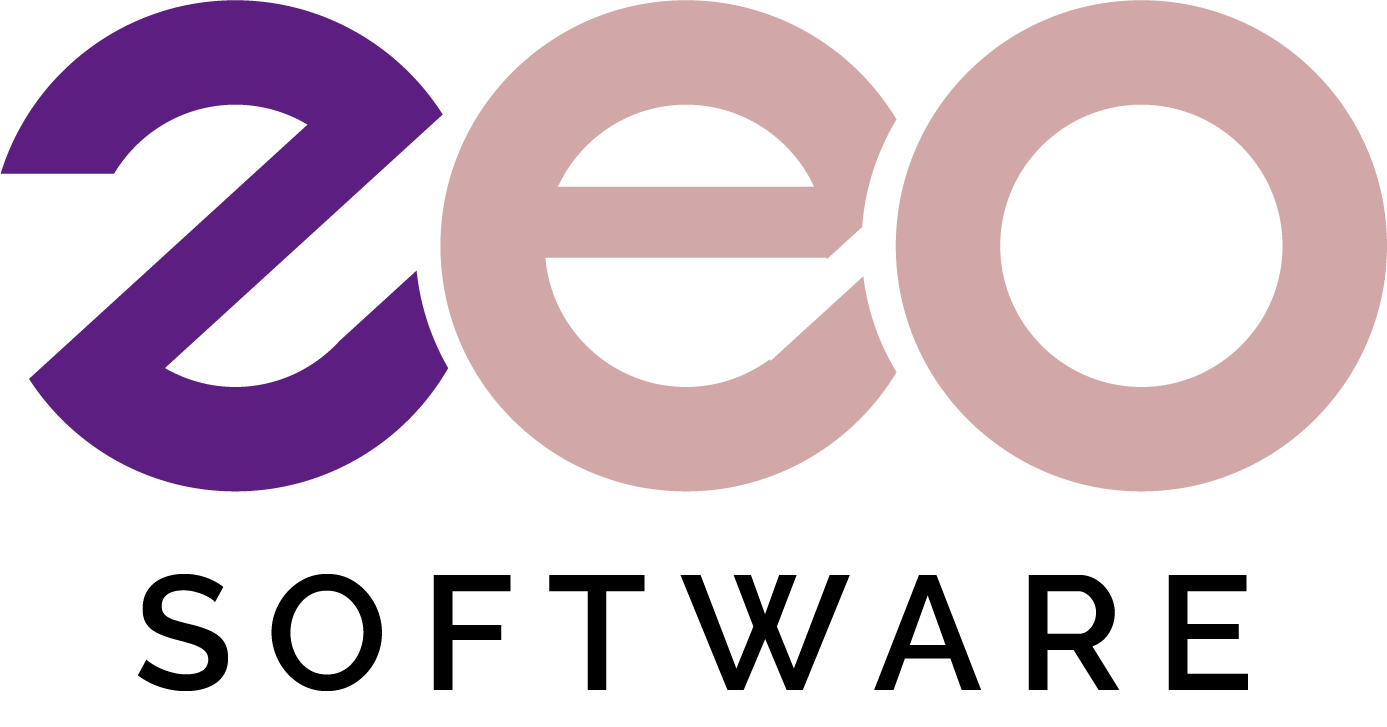Investing in an ERP system is a significant decision for any business. To justify this investment, it’s essential to understand the return on investment (ROI) that an ERP system can deliver. By measuring the ROI, businesses can evaluate the financial benefits and efficiency gains against the costs of implementing and maintaining the software. This guide explains how to calculate the ROI of ERP software and provides examples of potential cost savings and efficiency gains.
1. Understanding ERP ROI
ROI is a financial metric that evaluates the profitability of an investment. For ERP software, ROI measures the financial returns and operational improvements resulting from the implementation and use of the system.
Basic ROI Formula:
[ \text{ROI} = \frac{\text{Net Gain from Investment}}{\text{Total Cost of Investment}} \times 100 ]
2. Calculating the Costs
To calculate ROI, you must first determine the total costs associated with the ERP system. These costs typically include:
Initial Costs:
- Software Licenses: The cost of purchasing or subscribing to the ERP software.
- Implementation: Fees for consulting, setup, configuration, and customization.
- Hardware: Costs for any additional hardware required for on-premises systems.
Ongoing Costs:
- Maintenance and Support: Annual fees for maintenance and support services.
- Training: Costs for training employees to use the ERP system.
- Upgrades: Expenses for software updates and enhancements.
- Subscription Fees: Ongoing fees for cloud-based ERP solutions.
Example Calculation:
- Software licenses: $100,000
- Implementation: $50,000
- Hardware: $20,000
- Annual maintenance and support: $10,000
- Training: $5,000
- Upgrades: $5,000
Total Cost (Year 1): $190,000
Total Cost (Subsequent Years): $20,000 annually
3. Identifying the Benefits
The next step is to identify and quantify the benefits that the ERP system brings to your business. These benefits can be both tangible (cost savings) and intangible (efficiency gains).
Tangible Benefits:
- Reduced Operational Costs: Streamlined processes can lead to lower labor and administrative costs.
- Inventory Management: Improved inventory tracking reduces holding costs and stockouts.
- Improved Cash Flow: Enhanced financial management leads to better cash flow and reduced borrowing costs.
- Increased Sales: Better customer relationship management (CRM) can drive higher sales and customer retention.
Intangible Benefits:
- Enhanced Productivity: Automation of routine tasks frees up employees to focus on higher-value activities.
- Improved Decision-Making: Real-time data and analytics enable more informed business decisions.
- Compliance and Risk Management: Better compliance with regulations and reduced risk of fines and penalties.
- Scalability and Flexibility: Ability to scale operations efficiently as the business grows.
4. Quantifying the Benefits
To calculate ROI, assign monetary values to the identified benefits. Here are some examples:
Example Benefits:
- Reduced operational costs: $50,000 annually
- Improved inventory management: $30,000 annually
- Increased sales: $40,000 annually
- Enhanced productivity: $20,000 annually
Total Annual Benefits: $140,000
5. Calculating ROI
With the total costs and benefits identified, you can calculate the ROI.
Year 1 Calculation:
[ \text{Net Gain (Year 1)} = \text{Total Annual Benefits} – \text{Total Cost (Year 1)} ]
[ \text{Net Gain (Year 1)} = $140,000 – $190,000 = -$50,000 ]
[ \text{ROI (Year 1)} = \frac{-50,000}{190,000} \times 100 = -26.3\% ]
Year 2 Calculation:
[ \text{Net Gain (Year 2)} = \text{Total Annual Benefits} – \text{Total Cost (Subsequent Years)} ]
[ \text{Net Gain (Year 2)} = $140,000 – $20,000 = $120,000 ]
[ \text{ROI (Year 2)} = \frac{120,000}{190,000} \times 100 = 63.2\% ]
Cumulative ROI (Over 2 Years):
[ \text{Total Net Gain} = -$50,000 + $120,000 = $70,000 ]
[ \text{Cumulative ROI} = \frac{70,000}{190,000} \times 100 = 36.8\% ]
6. Additional Considerations
While the above calculations provide a basic framework, there are additional factors to consider when evaluating ERP ROI:
Time to Value: The time it takes to realize the benefits of the ERP system can impact ROI. Consider the implementation timeline and the ramp-up period for full system utilization.
Risk Factors: Account for potential risks and uncertainties, such as implementation delays, cost overruns, or lower-than-expected benefits.
Intangible Benefits: While harder to quantify, intangible benefits like improved decision-making and enhanced scalability can have a significant impact on long-term business success.
Custom Calculations: Tailor the ROI calculations to your specific business context, taking into account unique costs and benefits relevant to your industry and operations.
Conclusion
Calculating the ROI of ERP software is essential for making an informed investment decision. By assessing the total costs and identifying both tangible and intangible benefits, you can determine the financial returns and operational improvements an ERP system can bring to your business. Use this guide to evaluate the potential ROI and ensure that your ERP investment aligns with your business goals and delivers long-term value.
